Woolly Alder Aphids, Honeydew & Black Sooty Mold
 Once leaves start to fall, one often observes white, fuzzy patches along the branches of Speckled Alder (Alnus incana). These fuzzy patches consist of colonies of aphids feeding on the sap of the shrub. In order to get enough nitrogen, they must drink volumes of sap, much of which is exuded from their abdomens as a sweet liquid called honeydew. The honeydew accumulates and hardens onto the branches as well as the ground beneath the shrub. Yesterday’s Mystery Photo was the honeydew of Woolly Alder Aphids (Paraprociphilus tessellates) which has been colonized by a fungus known as black sooty mold, a fairly common phenomenon.
Once leaves start to fall, one often observes white, fuzzy patches along the branches of Speckled Alder (Alnus incana). These fuzzy patches consist of colonies of aphids feeding on the sap of the shrub. In order to get enough nitrogen, they must drink volumes of sap, much of which is exuded from their abdomens as a sweet liquid called honeydew. The honeydew accumulates and hardens onto the branches as well as the ground beneath the shrub. Yesterday’s Mystery Photo was the honeydew of Woolly Alder Aphids (Paraprociphilus tessellates) which has been colonized by a fungus known as black sooty mold, a fairly common phenomenon.
Woolly Alder Aphids produce white wax, or “wool,” filaments from their abdominal glands. Clustered together, these aphids look like a white mold. If disturbed, the individual aphids pulse their abdomens in unison – apparently an effective defense mechanism.
Woolly Alder Aphids, also known as Maple Blight Aphids, have two host plants at two different stages of their lives. In the fall they lay their eggs on Silver Maple trees. The eggs hatch in the spring and the aphids feed on the maple leaves. During the summer a winged generation flies from maple leaves to alder shrubs and establishes colonies. In the fall, some of these aphids fly to Silver Maples and lay eggs, while some overwinter in the leaf litter beneath alders.
Naturally Curious is supported by donations. If you choose to contribute, you may go to http://www.naturallycuriouswithmaryholland.wordpress.com and click on the yellow “donate” button.




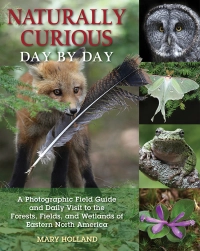
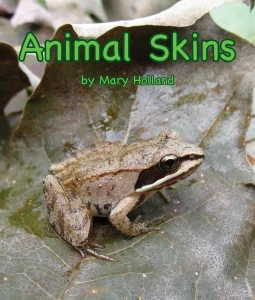
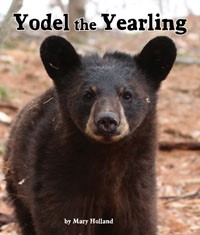


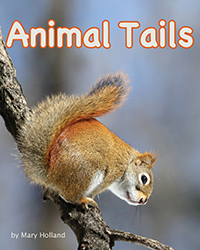

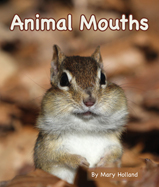






Is this similar to the black masses I see on black cherry trees?
October 20, 2016 at 8:19 am
It is similar-looking, but the black cherry black masses are referred to as Black Knot Gall. They are caused by a fungus, but no other source (such as honeydew) is involved, as far as I know.
October 20, 2016 at 8:44 am
Your posts are always so interesting!
October 20, 2016 at 8:24 am
Thanks so much for explaining the woolly aphids!!! We see them on the alders in Northwestern Ontario and have always wondered about why they were clustered on the alders…now we know!
October 20, 2016 at 9:29 am
The little aphids “pulse in unison?” I’m sorry but that sounds a bit like the science horror books I used to read as a kid! Very interesting!
October 20, 2016 at 10:02 am
Do they use other maples besides silver maple as an alternate host? I’ve seen them on alder here in Nelson, NH, but I have not seen silver maple here—just red, striped, sugar, and a few Norway and box-elder maples. Lots of silver in Keene, probably some closer, but I suspect at least 5 miles at least to the nearest silver maple.
October 20, 2016 at 12:52 pm